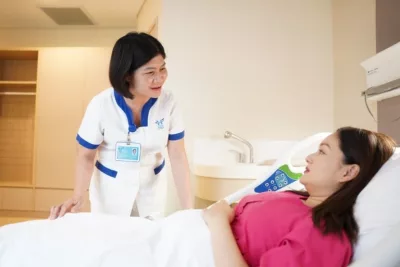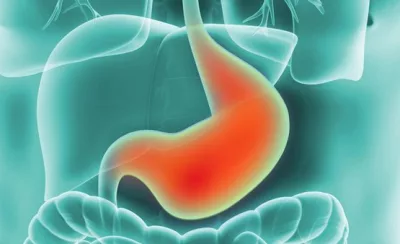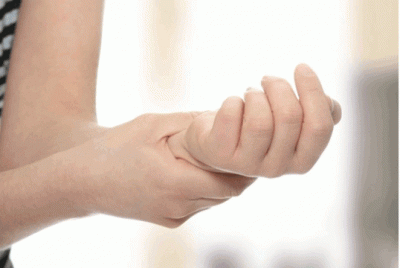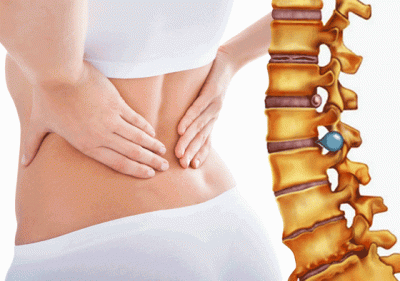What is Ataxic Cerebral Palsy?
Ataxic cerebral palsy is a non-spastic form of cerebral palsy characterized by a lack of coordination between muscles and muscle tone, leading to irregular movement patterns.
This condition results in reduced precision during activities, commonly manifesting as unstable gait, poor balance, intentional tremors in later stages, slurred speech, nystagmus, and other abnormal eye movements, along with decreased muscle tone.
It originates from damage to the brain’s motor control areas during early development. Children with ataxic cerebral palsy often struggle with controlling their movements. They may exhibit tremors and face difficulties performing precise tasks, such as writing or handling small objects.
Ataxic cerebral palsy can affect various parts of the body, including the hands, feet, eyes, and even speech.
This condition arises from damage to the cerebellum before, during, or shortly after birth. The cerebellum plays a vital role in coordinating and balancing movement, functioning as a command center that processes signals from other brain regions.
Damage to the cerebellum may be caused by:
- Infections during pregnancy
- Oxygen deprivation due to insufficient blood flow to the fetus
- Prolonged labor
- Head trauma during or after birth
- Brain hemorrhage due to fetal stroke
Risk Factors for Ataxic Cerebral Palsy
These include events that increase the likelihood of developing the condition. Moreover, women in poor health are at higher risk of having children with this disorder.
Common Signs of Ataxic Cerebral Palsy
Early signs of ataxic cerebral palsy include impaired control over body movements and difficulty coordinating motor skills. These signs often appear in early childhood and can significantly impact a child’s mobility and development.
Imprecise Motor Skills
A hallmark symptom is difficulty with fine motor control. Children may struggle to grasp objects or write. Movements may be uncoordinated and awkward, affecting daily functioning.
They may also have trouble with repetitive motions, such as reaching, turning the head, or lifting the legs. Maintaining rhythm and synchrony in movement becomes difficult.
Trouble Walking and Balancing
Children often have an unsteady gait and may walk with feet wide apart in an attempt to maintain balance. This increases the risk of falls and limits independent movement.
Speech Difficulties
Speech may be slurred or stuttering due to impaired coordination of the mouth and vocal cord muscles, making verbal communication difficult.
Tremors
Children may exhibit noticeable tremors, especially in the hands and legs. These occur during tasks requiring precision and can interfere with everyday activities.
Slow Eye Movements
Difficulty tracking moving objects or shifting gaze can affect vision and hinder participation in activities that require visual coordination.
Cognitive Challenges
In some cases, children may face developmental delays in cognitive skills like concentration and problem-solving. The extent varies by individual.
Note: The presence of these symptoms does not guarantee a cerebral palsy diagnosis. Doctors typically wait until a child reaches at least 18 months old to confirm the condition for accuracy.
Treatment for Ataxic Cerebral Palsy
Physical therapy and rehabilitation are the primary treatment approaches. These therapies help children with coordination issues gain independence. Other interventions such as speech therapy and medication may also be used.
Physical Therapy
Often the first line of treatment, physical therapy includes exercises to enhance strength and flexibility, along with massage and assistive devices like braces or splints.
The goal is to help children manage motor issues and improve autonomy. Therapists work to prevent muscle weakness or atrophy from underuse. Orthotic devices also aid with stability and posture during movement.
Rehabilitation Therapy
Rehabilitation improves coordination and balance while strengthening the upper body. It equips children with life skills for independent living and reduces reliance on assistive tools.
Children participate in exercises that assess their ability to perform age-appropriate activities. These also target strength, hand-eye coordination, sensory processing, and peer interaction.
Speech Therapy
Children often face difficulty expressing themselves and may struggle with swallowing. Speech therapy includes exercises for pronunciation, breathing, and word association to enhance communication.
Therapists assess communication skills with auditory and hearing tests and may use objects or visuals to stimulate language development. Swallowing exercises improve facial and oral muscle strength.
Medication
Some children may require medications to support therapy or treat related conditions like epilepsy, ADHD, or incontinence. Medications are prescribed based on severity and symptoms like tremors.
Cerebral palsy is a complex condition with several types, including ataxic, athetoid, and spastic. Each has its own causes and symptoms. Understanding these differences is vital for timely and effective intervention.
Expectant mothers should prioritize prenatal health to reduce risk. The Maternity Program at Hanoi French Hospital offers regular check-ups by experienced obstetricians, helping families feel secure during pregnancy and childbirth.
Note: The information provided here is for reference only and does not replace medical consultation. Patients should visit reputable healthcare facilities and follow professional advice to ensure proper care.
Ataxic cerebral palsy requires timely intervention to improve the patient’s quality of life. If you need more information or specialist advice, please don’t hesitate to contact us.








